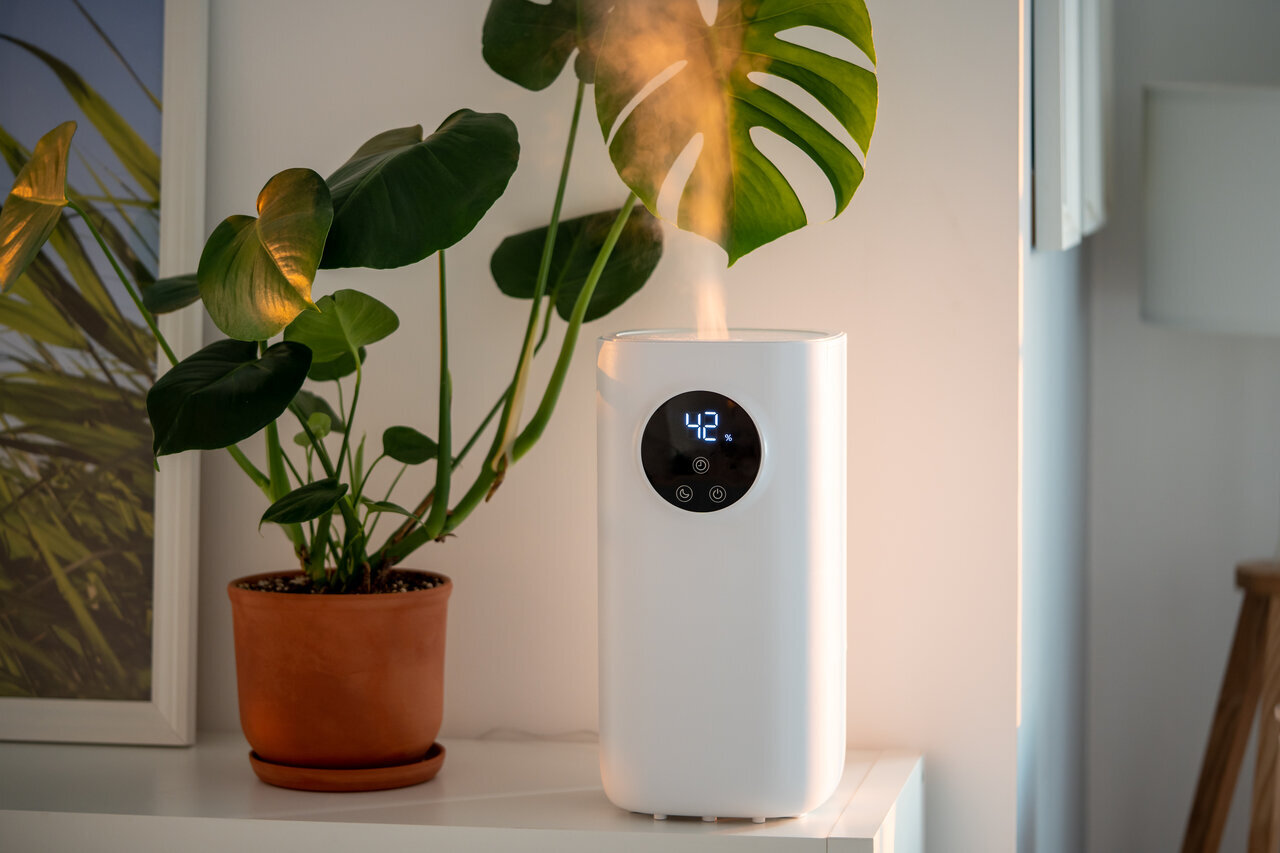New construction projects provide an excellent opportunity for homeowners and building managers to prioritize indoor air quality (IAQ) right from the start. As the awareness of IAQ’s impact on occupants’ health and well-being continues to grow, it becomes increasingly important to incorporate effective air quality solutions during the construction phase. This not only ensures a healthy and comfortable environment from day one but can also save time and money in the long run by preventing potential IAQ-related issues. By focusing on indoor air quality solutions such as air purification, humidification, and dehumidification, you can create an ideal living space that promotes good health, comfort, and energy efficiency.
We will discuss the importance of prioritizing indoor air quality in new construction projects and how our air purification, humidification, and dehumidification services can help you ensure the long-term health and comfort of building occupants. By partnering with us, you can trust that our expert technicians will work closely with you to develop a comprehensive IAQ plan tailored to meet your specific needs.
The Significance of Indoor Air Quality in New Construction
A growing body of evidence has demonstrated the importance of indoor air quality (IAQ) in maintaining occupant health, comfort, and overall well-being. In new construction projects, it’s crucial to prioritize IAQ strategies during the building design and construction stages. By doing so, homeowners and building managers can mitigate the risk of potential IAQ-related issues and create healthier living spaces for occupants. Moreover, integrating air quality solutions into the construction process can lead to energy-efficient buildings and long-term cost savings.
Integrating Air Purification Solutions
Air purification systems form the backbone of a successful IAQ strategy, offering effective protection against a wide range of indoor air pollutants. Incorporating air purification solutions during the construction phase allows for seamless integration with the building’s HVAC system and ensures optimal performance from day one.
Various air purification technologies are available to address different types of contaminants:
1. HEPA Filters: High-Efficiency Particulate Air (HEPA) filters are capable of capturing airborne particles, including dust, pollen, mold spores, and pet dander.
2. Activated Carbon Filters: These filters excel at adsorbing odors, gases, and VOCs, which can arise from construction materials, furnishings, and other sources.
3. UV-C Lamps: Ultraviolet germicidal irradiation (UVGI) technology uses short-wavelength UV-C light to inactivate airborne microorganisms, including bacteria, viruses, and mold spores.
Incorporating the appropriate air purification solution into a new construction project will significantly improve IAQ and ensure long-term health benefits for building occupants.
Balancing Temperature and Humidity
An essential aspect of IAQ is the balance of temperature and humidity within a living space. Control of these factors not only affects occupant comfort but also plays a critical role in preventing issues related to condensation, mold growth, and building material deterioration.
During the construction phase, considering the following strategies can help achieve optimal temperature and humidity balance:
1. Proper Insulation: Ensuring adequate insulation in walls, ceilings, and around windows will help maintain consistent indoor temperatures and minimize heat transfer between indoor and outdoor environments.
2. Energy-Efficient Windows: Installing windows with low-emissivity (Low-E) coatings and insulating gas fills can reduce heat transfer and help maintain consistent indoor temperatures.
3. Energy Recovery Ventilators (ERVs): ERVs move fresh outdoor air into the living space, while exhausting stale indoor air and maintaining comfortable indoor humidity levels by transferring moisture between incoming and outgoing air streams.
Implementing Humidification and Dehumidification Systems
For new construction projects, it’s vital to assess the regional climate and choose the correct humidification and dehumidification systems to ensure optimal humidity control. These systems work together to maintain the ideal relative humidity level, offering a comfortable and healthy living environment.
The right choice of humidification and dehumidification systems can also help maintain the durability and integrity of the building materials, reduce the risk of mold and mildew growth, and provide energy-efficient climate control.
Working with Experienced Professionals
Partnering with a reputable heating and cooling company is essential to achieve and maintain optimal IAQ in new construction projects. Our experienced technicians can guide you through the entire process, from choosing and installing appropriate air purification and humidity control systems to providing expert advice on building design and materials selection.
By collaborating with experienced professionals, you can rest assured that your new construction project will deliver the highest level of indoor air quality, comfort, and energy efficiency for years to come.
Conclusion
Prioritizing indoor air quality in new construction projects is an investment in the long-term health, comfort, and well-being of building occupants. By incorporating effective air quality solutions, such as air purification, humidification, and dehumidification systems, homeowners and building managers can create ideal living spaces that promote good health and energy efficiency. With the help of our expert technicians at Precise Air Systems, Inc., you can develop a comprehensive IAQ plan tailored to meet your specific needs and ensure a comfortable and healthy environment from day one. Contact us today to learn more about our innovative solutions and how we can help you achieve the best indoor air quality for your new construction project.











